| Structure | Name/CAS No. | Articles |
|---|---|---|
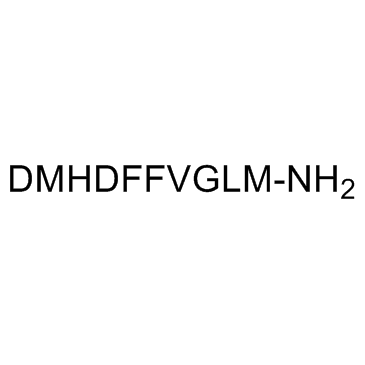 |
Neurokinin B trifluoroacetate salt
CAS:86933-75-7 |
|
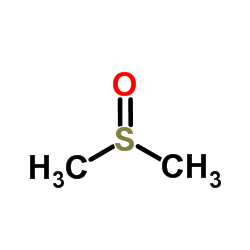 |
Dimethyl sulfoxide
CAS:67-68-5 |
|
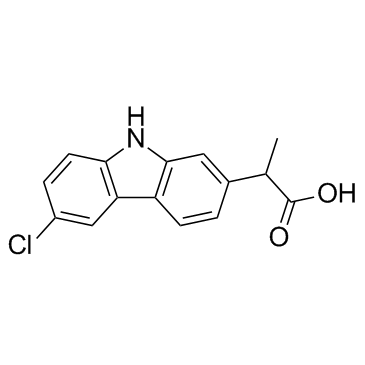 |
Carprofen
CAS:53716-49-7 |
|
 |
ICSH
CAS:9002-67-9 |
|
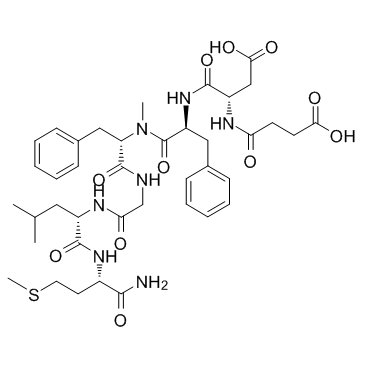 |
Succinyl-(Asp6,N-Me-Phe8)-Substance P (6-11)
CAS:106128-89-6 |
|
 |
Corticosterone
CAS:50-22-6 |
|
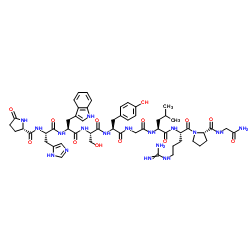 |
Gonadorelin
CAS:33515-09-2 |
|
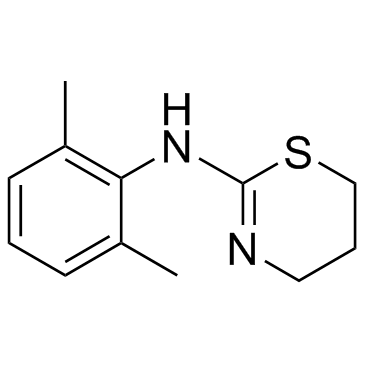 |
Xylazine
CAS:7361-61-7 |
|
 |
Corticotropin Releasing Factor (148-188), ovine
CAS:9015-71-8 |
|
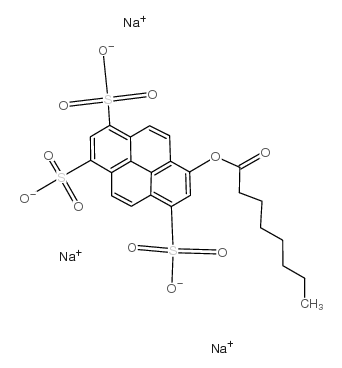 |
8-Octanoyloxypyrene-1,3,6-trisulfonic acid trisodium salt
CAS:115787-84-3 |